How geopolitics complicate the U.S. Navy’s plans for major Arctic operations
The U.S. Navy will conduct some kind of Arctic operations this summer — but it hasn't said exactly what. Every option comes with potential issues.
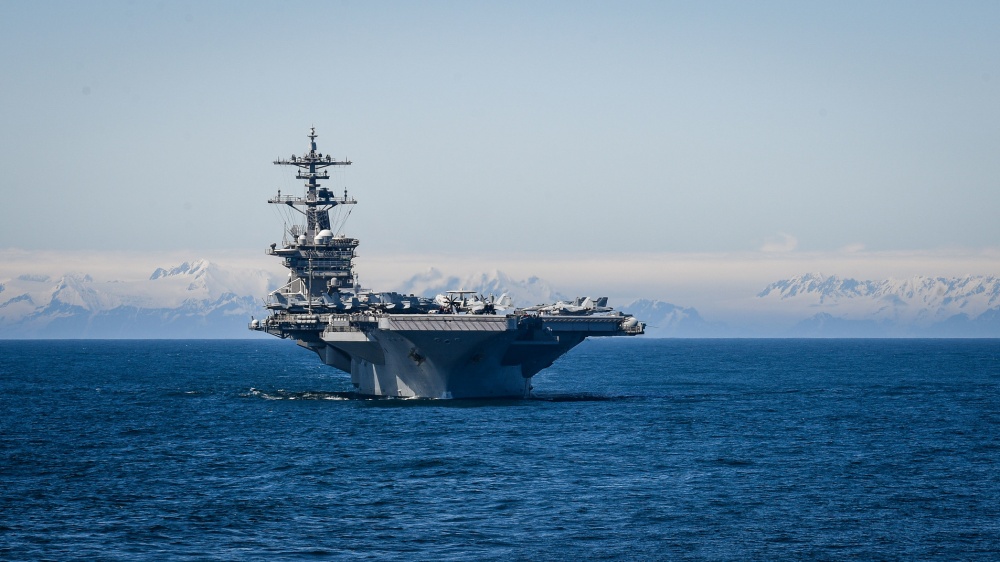
In response to new Russian rules on the Northern Sea Route, the U.S. Navy plans to undertake significant operations in the Arctic this summer, perhaps even a freedom of navigation, or FONOPS, exercise — though the exact nature of those operations remains unclear.
But whatever form those operations take, they will be constrained by a complicated — and sometimes contradictory — set of geopolitical factors at work in the Arctic.
The Navy “has already talked about doing freedom of navigation operations or innocent passage, depending on what they’re going to call it, up through the Arctic this summer,” said U.S. Sen. Dan Sullivan, a Republican from Alaska, in remarks last week at a symposium on the Arctic in Washington. Sullivan added that the exercise would likely involve “a couple of destroyers.” (Disclosure: The writer moderated a separate event at this symposium.)
[US Navy plans to send surface vessels through the Arctic]
Speaking later that afternoon, Rear Adm. Thomas Marotta, the reserve assistant deputy chief of naval operations, plans and strategy, confirmed Sullivan’s remarks and earlier reports.
“Senator Sullivan told you this morning exactly what the Navy’s going to be doing in the Arctic,” Marotta said, joking that his job at the conference had been done for him.
In response to an ArcticToday inquiry to the Navy about plans to conduct FONOPS in the Arctic, a spokesperson sent a copy of its latest Arctic strategy as its only response.
Marotta also confirmed the impetus for such an exercise: the news, in March, that Russia would be restricting traffic on the Northern Sea Route — with requirements to notify them 45 days in advance, detail the characteristics of the ship or ships, and bring Russian pilots aboard foreign ships. In May, Secretary of State Mike Pompeo said that Russian requirements on the Northern Sea Route were illegal — and also labeled parallel Canadian claims to sovereignty over the Northwest Passage as “illegitimate.”
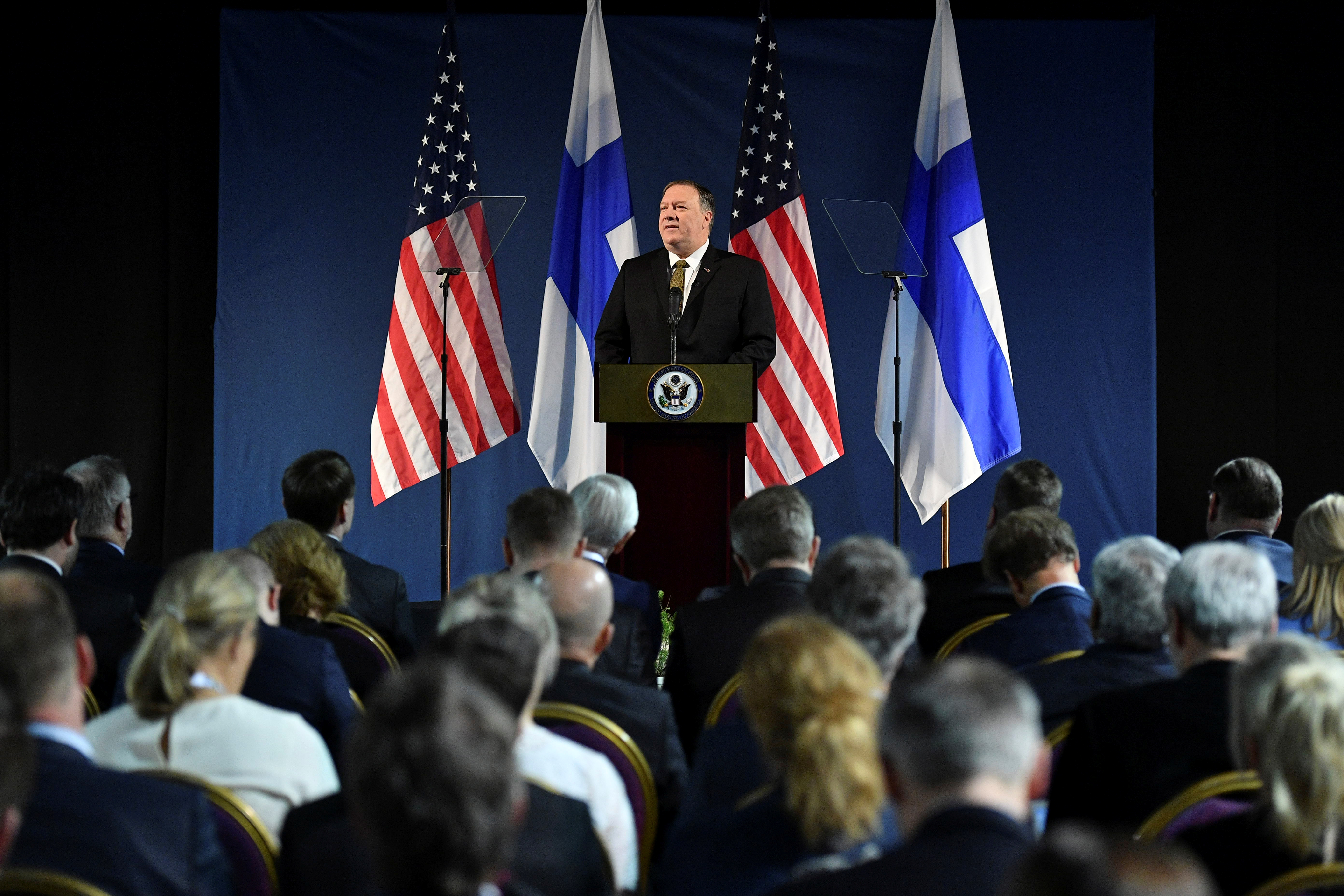
The dispute between the United States on one hand and Russia and Canada on the other is driven in part by the rapid changes taking place in the Arctic.
Marotta, summing up the U.S. position, said last week, “according to international law, you are supposed to be able to transit — commercially, militarily, privately — through our oceans and through our straits.”
The U.N. Convention on the Law of the Sea does grant such rights. However, it also grants nations the right to enforce laws on safety and environmental protection in waters beyond their territorial waters but within their exclusive economic zones — if those waters are ice-covered “for most of the year.”
The decline of sea ice is behind both the growing interest in Arctic shipping — and the growing ambiguity about the legal status of the main Arctic shipping routes.
[Insulting Canada won’t help the US with its Arctic ambitions]
The Navy’s Arctic strategy, released earlier this year, designated the Arctic a region of low conflict. If Russia hadn’t released these requirements, Marotta said, “there’d probably be no conflict in the Arctic.”
“But that is a conflict,” he continued. “Because that’s restricting the freedom of the seas — freedom of navigation.”
The strategy, with its low-conflict assessment and its emphasis on the importance of freedom of navigation exercises in the Arctic, was dated January 2019 — two months before Russia formally announced new restrictions on the Northern Sea Route. At the time of publication, the Navy had not responded to ArcticToday inquiries about that apparent disparity in the timeline; this story will be updated if they do so.
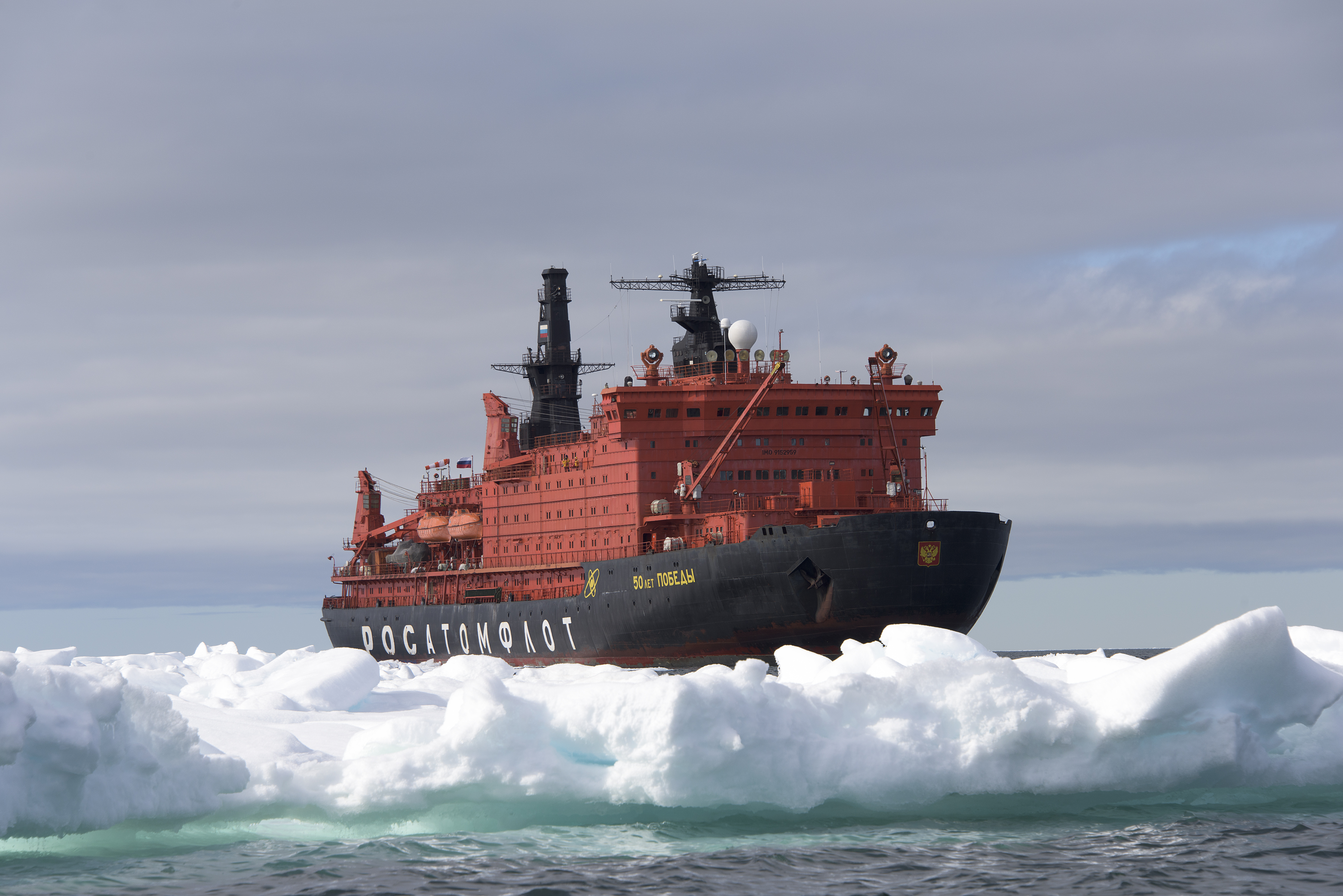
Marotta also made clear in his remarks that the Navy’s dispute is with Russia, not Canada — despite a decades-long disagreement over the Northwest Passage, which Canada claims as internal waters and the U.S. sees as an international seaway.
“But there’s never been a requirement or a threat from the Canadian government to arrest your captain or sink your ship,” Marotta said. “So that’s why the conflict is in the Arctic.”
The secretary of the Navy, Richard Spencer, first commented in December that the U.S. Navy should be conducting freedom of navigation operations in the Arctic.
“We need to be doing FONOPS in the northwest — in the northern passage,” Spencer said at an event with the Center for Strategic and International Studies in Washington, D.C. It was unclear from that speech whether Spencer was referring to the Northwest Passage or the Northern Sea Route.
At an April hearing before the Senate Committee on Armed Services, Sen. Sullivan asked Sec. Spencer about freedom of navigation operations in the Arctic.
“The Arctic is a focus of ours, and we’ve never taken our eyes off of it,” Spencer replied. He said that he and Adm. John Richardson, chief of naval operations, had discussed “the possibility of bringing some ships up, maybe up to Valdez,” in the summer. In that hearing, Spencer emphasized the importance of cold-weather training and preparedness — in part to prepare for freedom of navigation and other “diligent maneuvers” in the circumpolar north.
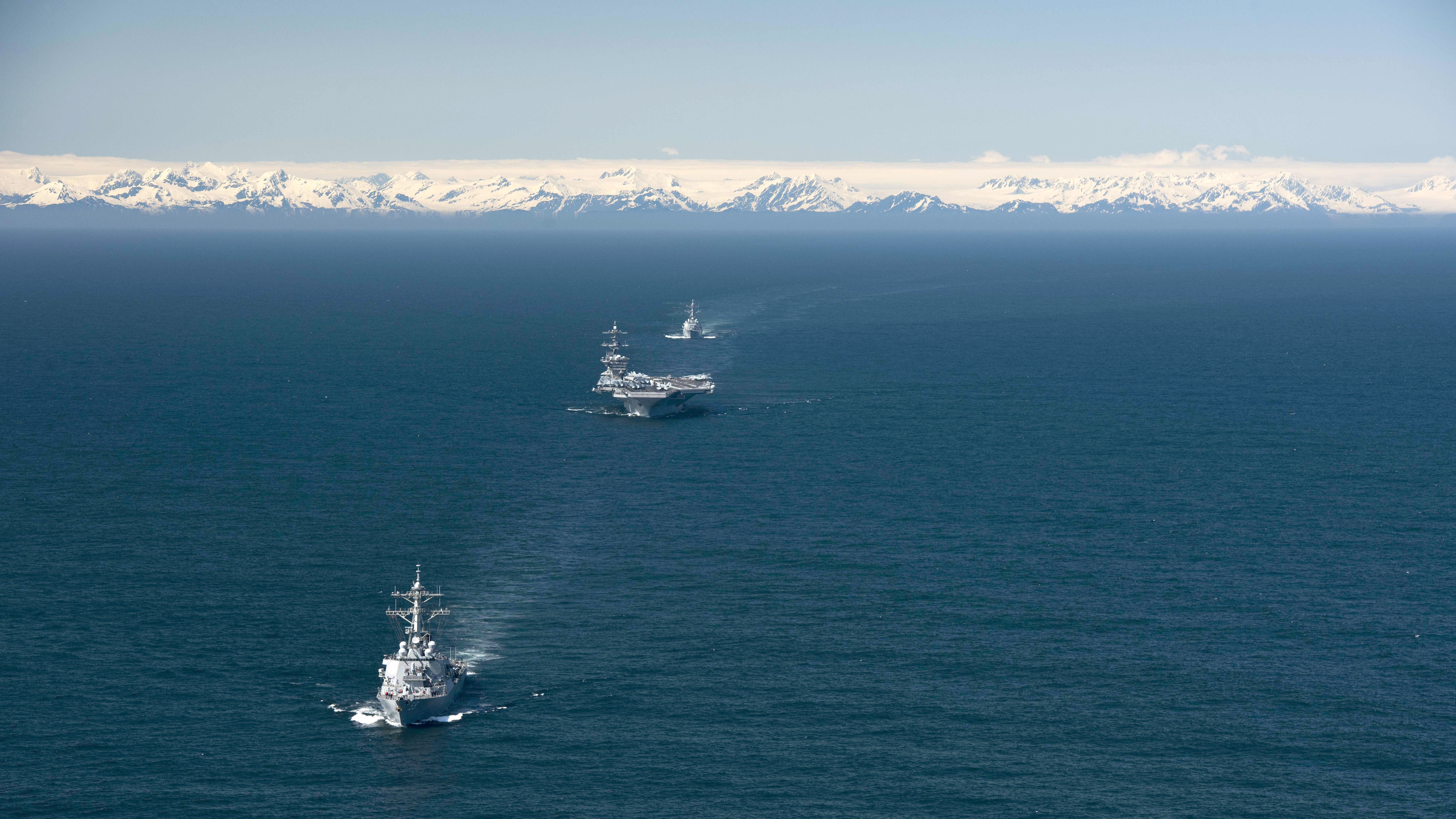
Where, and with whom?
But Spencer’s comments also raised the possibility of an exercise in the Arctic that wouldn’t fall under the classification of a freedom of navigation exercise, with a public transit through contested waters. Instead, the Navy’s operation could simply be an Arctic readiness exercise that takes place in waters off of Alaska, including the Aleutian Islands.
At the same April hearing before the Senate when Sen. Sullivan asked about FONOPS, the senator mentioned training exercises happening on Adak, a former military port in the Aleutians now operated by the Aleut Corporation. Paradoxically, even though Adak is the southernmost city in Alaska, its location on the Bering Sea places it within the area defined by U.S. federal law as the Arctic. It also lies close to Russian waters.
Rebecca Pincus, an assistant professor at the U.S. Naval War College, said that an operation moving north from Adak through the Bering, Chukchi and Beaufort seas would offer the Navy operational familiarity in the region without leaving U.S. waters.
“A full Arctic FONOP, that is a maximalist step,” she told ArcticToday. “But there are incremental steps along the way that would sort of move us in the ultimate direction.”

Another option could be a joint exercise with Canada.
“That would be far less controversial,” Pincus said.
However, the United States’ only medium icebreaker, the USCGC Healy, is booked through the summer, so it’s unlikely that it could escort Navy vessels through ice-infested waters. The transit would have to take place in clear waters, or it would have to be with an ally like Canada.
Jeff Hutchinson, commissioner of the Canadian Coast Guard, told ArcticToday in May that he wasn’t aware of any joint operations planned. “But that doesn’t mean we might not plan one in the future,” he said. He pointed to a recent precedent, the 2017 exercise where a Canadian Coast Guard icebreaker assisted the USCGC Maple through the Northwest Passage.
Hutchinson also mentioned the possibility of an exercise with Denmark, the United States and Canada.
“The Danes are really interested in strengthening the North American relationship — of course, Greenland is geographically part of North America,” he said. “So, I could see that in the not-too-distant future.”
However, he cautioned against associating exercises such as these with official freedom of navigation operations.
Responding to Sec. Spencer’s comments, Hutchinson said, “Somebody should remind the secretary that the Canadians know better than anybody: When people go through there, it’s almost always with our help.”
The majority of ships that go through the Northwest Passage rely directly on Canadian Coast Guard vessels to get them through, he added.
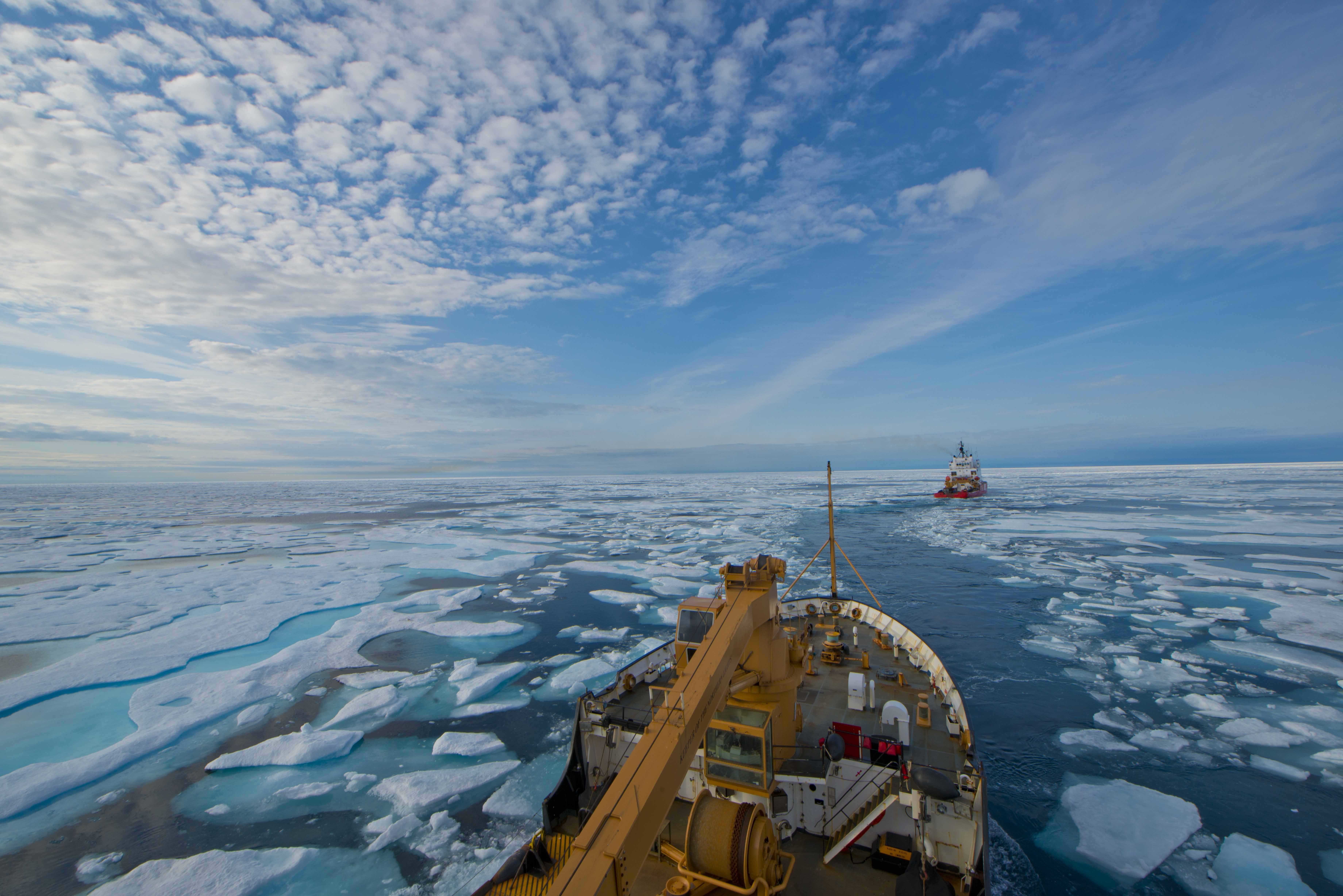
Adm. Richardson, chief of naval operations, was also wary of formally defining activity in the Arctic as freedom of navigation.
“I wouldn’t call it necessarily a freedom of navigation exercise in the legal sense,” Richardson said at the Sea-Air-Space maritime exposition in May. “We want to make sure that as navigation channels open up, consistent with our sovereign responsibilities — we are an Arctic nation — that we are getting up and remaining familiar with operating in that high north.”
Karl Schultz, commandant of the U.S. Coast Guard, told ArcticToday in May that the Navy is “hearing the same demand signals” from the White House on conducting an Arctic operation. “Doing something where we sortie a Coast Guard cutter with a Navy ship, you know, above the Arctic Circle. We’d be very interested in that,” Schultz said. “It’s not a FONOP. I would say that’s a, you know, just acclimating-to-the-region kind of op.”
“FONOPS — I think that term, you gotta be careful,” Schultz said. “I think in the Arctic right now, if we did something with the Navy, it’s more about just showing our ability to project capability up there.”
Operational challenges
But the Arctic is one of the most difficult regions in which to operate, and U.S. capabilities are limited there, experts said.
There are the weather challenges: ice, storms, icing, visibility and more.
“Ice conditions are very unpredictable right now,” Pincus said. “We’re seeing some significant variability in ice conditions, which can create unpredictable hazards.”
Then there’s the lack of hydrographic charting that creates navigational challenges over ridges and seamounts. And there’s the lack of infrastructure, from unreliable communications to the lack of a deepwater port in the U.S. Arctic that could assist with refueling, repair, and resupply.
[Alaska senator calls for a system of U.S. Arctic ports]
“There may not be support that can come out and help you with something,” Pincus said. “We don’t have a deep bench of icebreakers that could support an operation like that.”
Retired Adm. Paul Zukunft, former commandant of the U.S. Coast Guard, told ArcticToday that getting stuck in the ice during an Arctic operation and needing to call on Russia or Canada for rescue “was my biggest fear when I was commandant.”
He said that right now a FONOP would be “most relevant” in the Northern Sea Route, rather than the Northwest Passage, “and it would have to be a demonstration of not just will, but also capability on the part of the United States.”
But much planning would need to be done before then, he said. Prior to embarking on a FONOP through one of the disputed seaways, the Coast Guard and Navy would have to examine every possible negative outcome and make plans to address them — a process that takes months or even years, even when the project is a high priority.
“This is not the time to be sending a less-than-fully-reliable platform on its own for that very real possibility of — now we’ve got to turn to Russia and say, will you help us?” Zukunft said. “From that point on, we have lost the argument on freedom of navigation.”
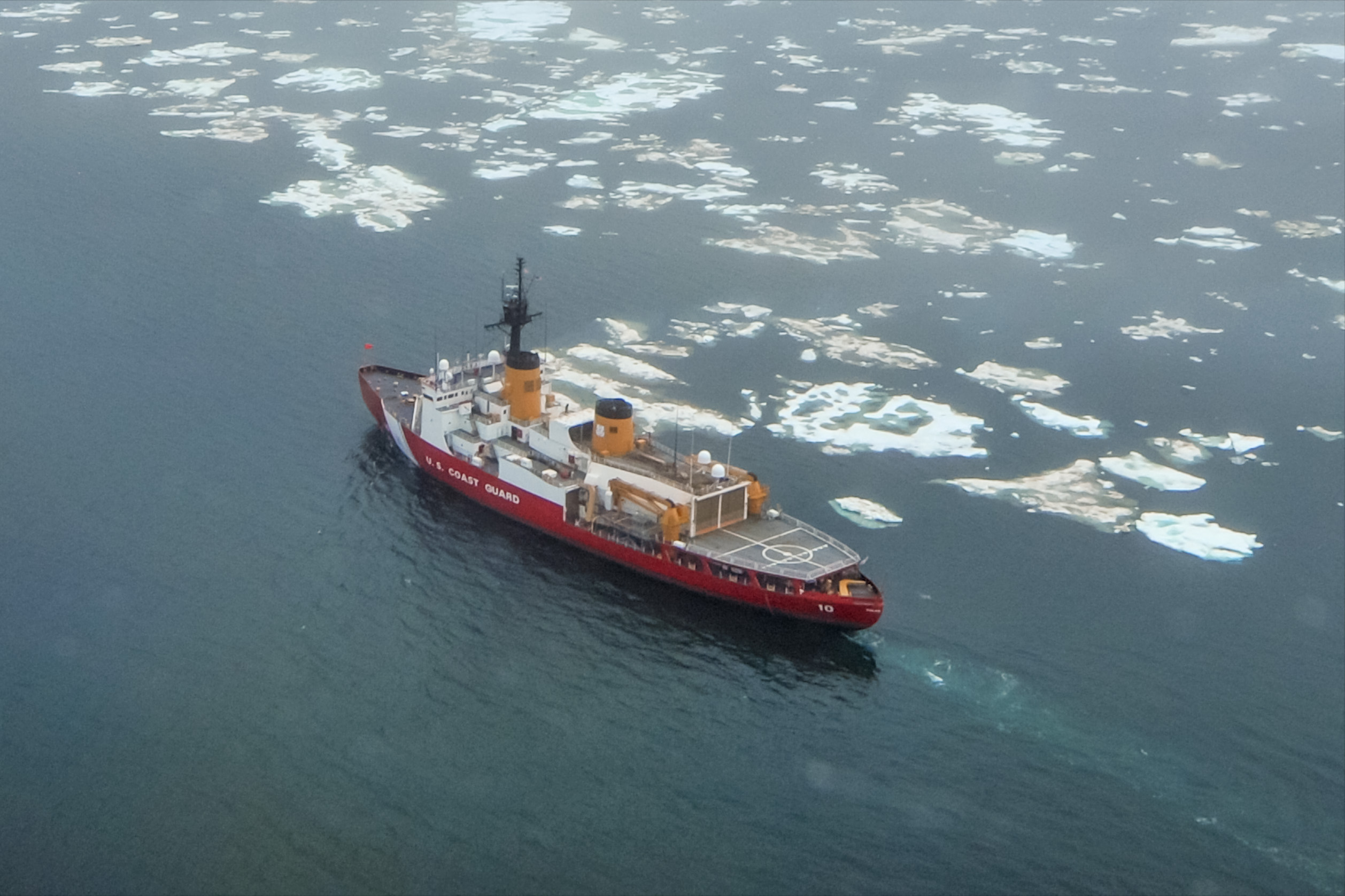
Political challenges
There’s also the potential for increasing tensions in the region.
“I think sometimes in the United States we fail to appreciate how important the Arctic is to both Canada and Russia. It’s really a core element of their national identity,” Pincus said. “The fallout from doing a FONOP — I would expect it to be pretty significant.”
In the 1960s, the United States attempted to transit the Northern Sea Route — and they were rebuffed by the USSR.
During that incident, the USSR “applied a full-scale, no-holds-barred campaign across multiple domains to get us to stop, and they were successful. Twice,” Pincus said. “The Coast Guard icebreakers were ordered to turn around.”
She would expect a similar response from Russia if the U.S. attempted a similar transit. “The Russian Navy would throw everything they could at this,” Pincus said. “They’re not going to back down. And I think that would pose a very tough question for the United States, about what to do about that.”
A freedom of navigation operation, or an innocent passage through the Northern Sea Route without abiding by Russia’s controversial requirements, would be “a massive step up the escalation ladder,” Pincus said, “and the stakes would be extremely high.”
If there’s a chance that U.S. vessels might turn back, as they did in the 1960s, Pincus suggested it would be better for the U.S. not to attempt the trip at all, for fear of appearing weak.
Russian foreign ministry spokesperson Maria Zakharova said in June that U.S. military action in the Northern Sea Route would “transform the region into a theatre of hostilities and to escalate tension.”
Nikolay Lakhonin, press secretary of the Russian Embassy in Washington, D.C., responded to ArcticToday inquiries about a potential Russian response to a freedom of navigation operation with links to Zakharova’s comments, as well as to speeches in which Foreign Minister Sergey Lavrov defended Russia’s right to oversee the passage of ships along the Northern Sea Route. In one speech in April, Lavrov said that Russia wants to “develop the Arctic through cooperation” — including the use of the Northern Sea Route with Arctic Council partners “on the basis of international law.”
Although the U.S. Navy’s attention is primarily on the Northern Sea Route, experts say a freedom of navigation operation through the Northwest Passage is still a potential option, because it would show Russia that the U.S. is serious about maintaining the freedom of the seas without impinging upon its territory.
But Sherri Goodman, a senior fellow at the Wilson Center and the former U.S. deputy undersecretary of defense, told ArcticToday that the United States should carefully consider the consequences of freedom of navigation exercises in the Arctic — especially when it comes to a close ally such as Canada.
“Do we want to risk a diplomatic disruption? There’d have to be a good reason for it,” she said.
U.S. Sen. Lisa Murkowski, a Republican from Alaska, told reporters in May that the United States’ close working relationship with Canada makes it “much easier to have a conversation about these freedom of navigation issues.” She pointed to decades of cooperation with Canada, from research to hydrographic mapping. “We do this joint engagement all the time, and we do it in the defense space as well,” she said. “And so, how we make sure that we’re able to have these good, strong, open conversations and dialogue — this is important.”
Pincus said it was hard for her to see how the benefits of a Northwest Passage show of strength would outweigh the costs. “We would alienate one of our closest allies in the region,” she said. “We would precipitate a political situation that would be very uncomfortable.”
The Arctic is different from other parts of the world, such as the South China Sea, where the U.S. does FONOPS, she said. “In the Arctic region, we have maintained peace and stability for decades… and we have done so partly by being very careful with our Arctic diplomacy.” A freedom of navigation operation in Canada might significantly disrupt all of that progress.
Adm. Zukunft agreed, pointing out that it would be worth the effort instead to work on a joint exercise with Canada, one of top U.S. allies in the region.
But there would be a major benefit to conducting FONOPS in the Arctic eventually, he said. “The one gain is, the U.S. stands behind world order, stands behind rules of governance when it comes to the maritime domain.”
“A lot of people do look to the U.S. as the keeper of world order,” Zukunft said. Such a show of strength would be particularly relevant now, he said, when other countries from around the globe, such as China, are expressing interest in the economy and governance of the Arctic.
At last week’s symposium, Robert Huebert, associate professor of political science at the University of Calgary, asked Sen. Sullivan whether a U.S. transit through the Northwest Passage might inadvertently open Canada up to Russian and Chinese activity.
“Because if you successfully invoke that it is an international waterway, the Northwest Passage, that means that Russian and Chinese submarines then have the right of transit through the passage, and also their bombers have the right of overflight,” he said. “Is that not in fact making it a greater danger to both the United States and Canada, if in fact you are going to go through a freedom of navigation operation and actually win your case?”
Sullivan sidestepped the question, instead responding that the United States conducts FONOPS all over the world.
“I actually think it’s an important element of our national security and our interest in the region,” he said. “Where we believe it’s an international waterway, whether in the Arctic or the South China Sea, it’s the tradition of the United States to do freedom of navigation operations. And I think it’s important to do it in the Arctic.”